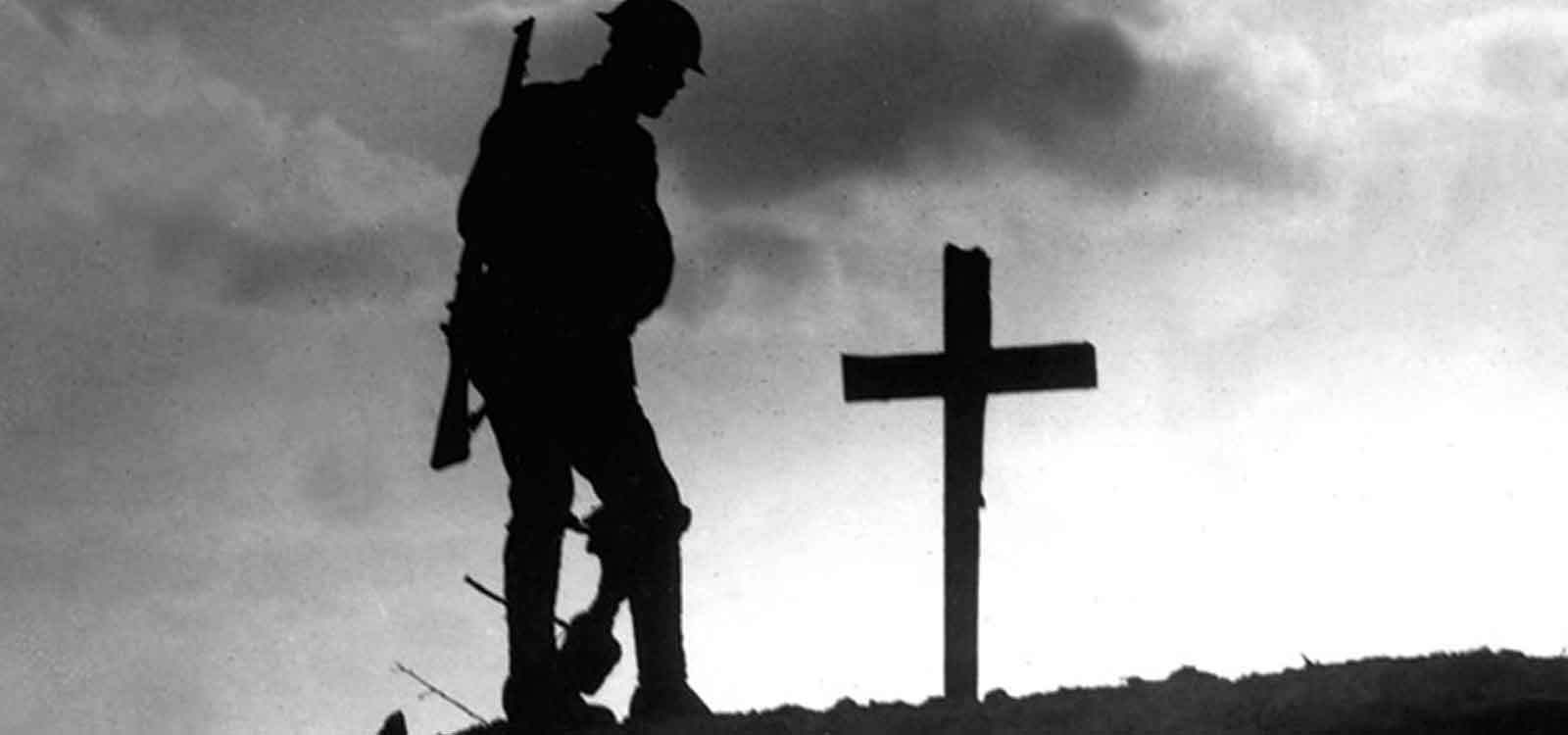
Horace was born in Catworth, Hunts on July 29th, 1879. Much of his early life is a mystery. His parents were William Smith, and his wife Annie Elizabeth Smith (nee Williamson) from Pytchley, who had married on November 19th 1873 at the Independent Chapel, Kettering. He was baptised in Pytchley on October 12th, 1880 and in the 1881 Census he appears with his grandparents in Pytchley - James Williamson, 69, Agricultural Labourer, Eliza Williamson, 52, Housekeeper, James Smith (born Sheffield, Yorks.), 3, Grandson and Horace Smith, 1, Grandson.
There is no trace of the family in the 1891 Census. The next record of Horace is his marriage to Florence Maud Bradshaw at St. Andrew’s Church, Kettering on August 2nd, 1897. Horace, 19? was a Shoe Hand from Burton Latimer, Florence, 22, was a Machinist living at 75 Princes Street, Kettering. Father, William’s profession is given as a Policeman.
In the 1901 Census they are living in Croxen’s Yard. Horace, 21, is a Shoe Finisher, Florence is 27. Also, with them is a daughter Grace, 1. In 1911 they are living in Ambler’s Yard. Horace, 32, is working at the Ironstone Mines in Cranford, Florence is 36. They have 4 surviving children (1 having died in infancy) – Grace, 11, Edith, 6, James, 9 and Leonard, 3.
Horace enlisted on November 25th, 1914 joining the 2nd Battalion, Northamptonshire Regiment as Private No. 16541. He made rapid strides in his training, particularly in shooting, for which he was granted extra pay. He was home on leave for Easter 1915 before being sent to France on April 15th.
He had been there less than a month when the battalion was called into action on May 9th at the Battle of Aubers Ridge. The jumping-off place for the attack by the 2nd Battalion was an orchard about midway between Petillon and Rouges Bancs. The attack was due to take place on the 8th but was cancelled.
The battalion eventually left Sailly at 10.15 pm on May 8th. At first sign of dawn the German machine guns woke up and began ripping the sandbags from the breastwork in front of the orchard. At 5 am the British bombardment opened up and lasted for 50 minutes. At 10 minutes to six the fire of the artillery lifted. At the sound of a whistle the men of ‘A’ and ‘D’ companies scrambled up the scaling ladders. Here and there a man fell backwards into the trench, others collapsed on top of the breastwork. Men fell in their dozens but despite the heavy losses the survivors gallantly pressed forward. ‘B’ and ‘C’ companies tried to move forward in support but were unable to make it much past the orchard and they were ordered to withdraw. It was not until evening that the few survivors of ‘A’ and ‘D’ companies made their way back.
Heavy casualties were inflicted on the attackers; one casualty was Horace. His body was never recovered, and he is commemorated on the Ploegsteert Memorial to the Missing, Hainaut, Belgium. (The Memorial commemorates more than 11,000 men of the U.K. and South Africa who died in the sector in WW1 and have no known grave). Aged 35, he was awarded the 1914 Star in addition to the British War and Victory Medals.
News of his death reached his wife in 2 letters. Pte. E. Dixon of Kettering wrote first and said he was sorry to say Horace had been wounded but he did not know whether it was serious or not. He fought like a hero. The second letter came from B. Strudwick (William) of Burton who said “Just a few lines to let you know we have just had another big battle and I am sorry to say your husband has been killed, May 9th, 1915. You have my deepest regret.”
The Battle of Aubers Ridge on May 9th, 1915 was a black day in the battalion’s history. It was also the blackest day in Burton’s War. Apart from Horace, the town also lost Leonard Henman, Edward Knighton, George Randall, Thomas Whiteman and William Whiting. William died of wounds on May 11th. At the dedication of the War Memorial in 1922 wreaths were laid in his memory from his ‘beloved children’ and ‘son Leonard’.

